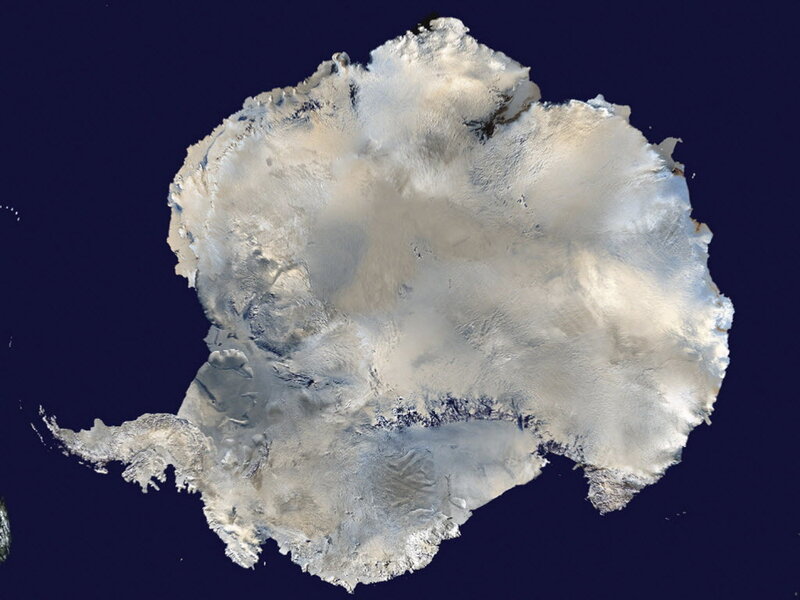Ancient Antarctic lake reveals bonanza of microbes
Loading...
A British research team has reported finding 20 different microbes in the first-ever sediment sample to be analyzed from an Antarctic subglacial lake. The research joins a mounting effort to plumb the continent’s buried, underwater worlds for unusual organisms that could serve as guide to a similar search for life on Jupiter’s ice-gilded moon, Europa.
“If you’re looking for environments on Earth than are most similar to environments elsewhere in the solar system, subglacial lakes are one of the places you would look,” says Dominic Hodgson, the scientist at the British Antarctic Survey after whom the lake was named and an author on the paper.
The research at Lake Hodgson, published in the journal Diversity, is part of a broader, international push to investigate the ecosystems in Antarctica’s subglacial lakes. Last year, a British expedition to Lake Ellsworth, of which Hodgson is also a part, was put on hold when its drilling equipment failed but is expected to resume. At the same time, an American expedition to Lake Whillans, a shallow lake, is holding conferences this week at which it is expected to begin releasing its findings.
And, in a third project, a team from Bowling Green State University reported earlier this summer that it had recovered more than 3,000 gene sequences, including some from complex organisms, from the ice of Lake Vostok, the world’s largest known subglacial lake. That research, though, was beset with suspicions of contamination, as the ice core used was taken from the bottom of the lake’s ice sheet in 1998 with a drill that is believed to have contaminated the sample with a crop of imported bacteria.
Lake Hodgson, girdled with Antarctica’s Citadel Bastion and Corner Cliffs, is the fourth frosted jewel in scientists’ search for unexpected life in the continent’s 380 or so lakes. There, the team sampled sediments from the edge of the lake, where deglaciation began around 13,000 years ago to expose the mud deposited there about 87,000 years prior to that.
About 20 microbes were cultured from the top layer of the sample sediment. The cultured microbes, while all single-celled organisms, are surprisingly diverse, says Dr. Hodgson. Four bacteria phyla were represented in the cultures, and within those phyla the bacteria also displayed a range of biologic process.
“This is one of the most extreme environments on earth,” says Hodgson. “We were expecting low volumes of life and low diversity.”
About 23 percent of the genetic sequences also eluded categorization, not matching any of the known sequences archived in public databases. Those sequences probably exist elsewhere in the world, but have not yet been catalogued, says Hodgson.
“Each study we do in more and more extreme environment will turn up a lot of new species,” he said.








